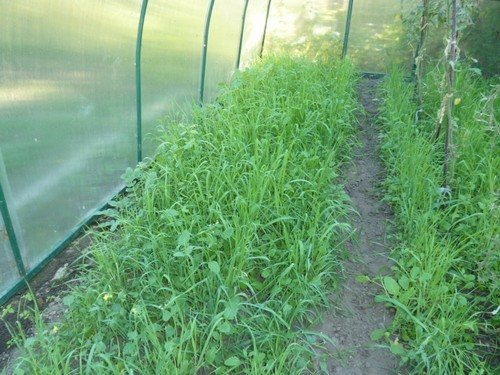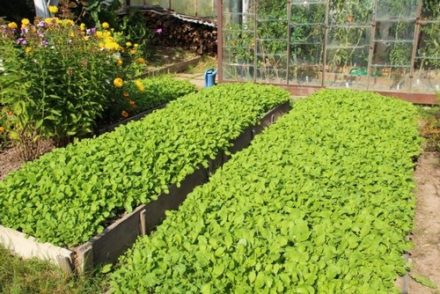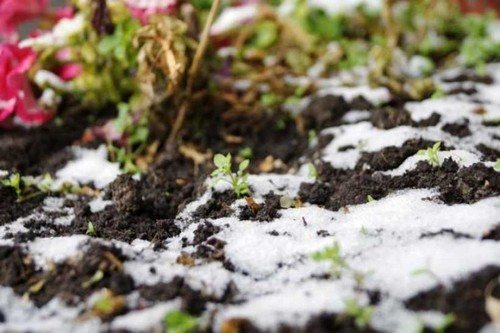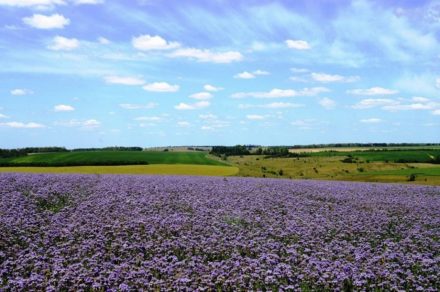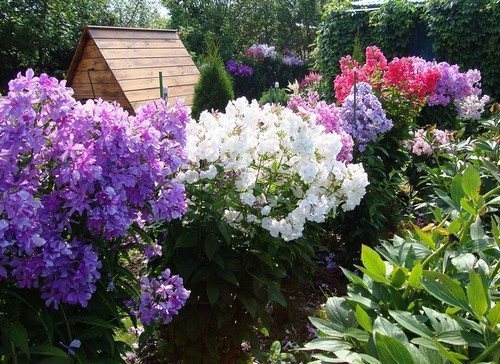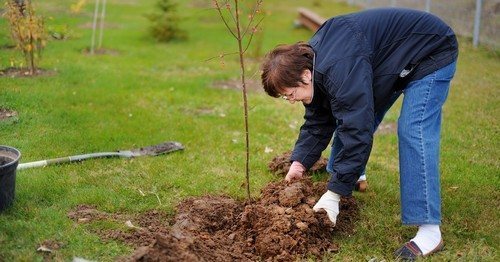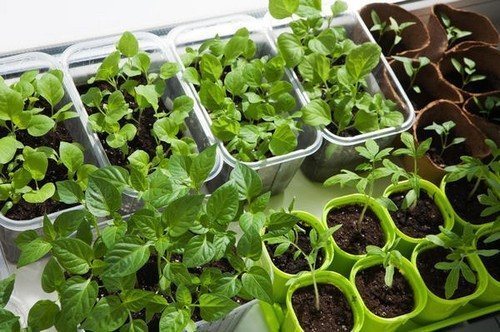Not all flowers are usually planted in the spring; some flowers are preferably sown in the fall. There are certain varieties, mostly perennial, that need to survive the cold to get an active start. And for some flowers, frost will be a good hardening, making them stronger and more resistant to pests and diseases.

Annual flowers sown before winter
As a rule, annuals are characterized by seed reproduction. In spring, they are sown in heated soil, after which they are provided with regular watering and fertilized. Some seedlings have to be grown in a warm room. To obtain plants that are strong and adapted to aggressive conditions and do not require such careful treatment, some varieties can be planted in the fall. For this purpose, annuals that reproduce by self-sowing are usually chosen.
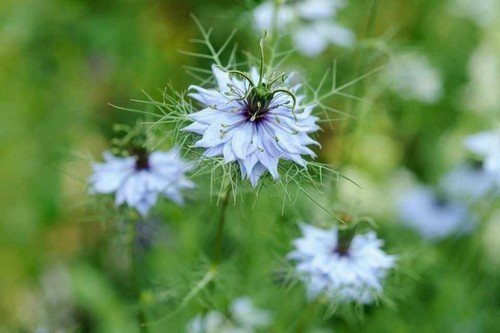
Popular annual flowers that can be sown in the fall include:
- annual aster;
- cornflower;
- Adonis;
- calendula;
- delphinium annual;
- cosmos and many others.
What perennials can be sown in the fall?
Planting perennials in the fall is preferable. This will not only speed up flowering, but will also make the plants very hardy. Flowers that reproduce in one of the following ways are suitable for autumn sowing:
- sowing seeds;
- propagation of bulbs;
- by cuttings or dividing roots.

The most famous “winter” perennials are:
- perennial aster;
- lavender;
- perennial delphinium;
- carnation;
- bell;
- primrose;
- lupine, etc.
How to sow flower seeds in autumn
Autumn flower planting causes a lot of controversy among gardeners. But there are three immutable conditions that must be met for a successful outcome:
- The number of seeds should be 1.5 times greater than for spring planting. Many will not survive the frost and will not sprout when it gets warmer.
- The earth should cool down, preferably freeze a little. If the soil turns out to be warm and the flower development program starts, the hatching sprouts will die from the cold.
- It is necessary to select a plot of land taking into account environmental conditions. For example, in a region with a predominance of frosty and little snowy winters, a place in the shade is advantageous. Otherwise, the winter sun can burn out flower seeds located at shallow depths and destroy them. Also, you should not sow in lowlands, as spring waters will wash away the seeds.
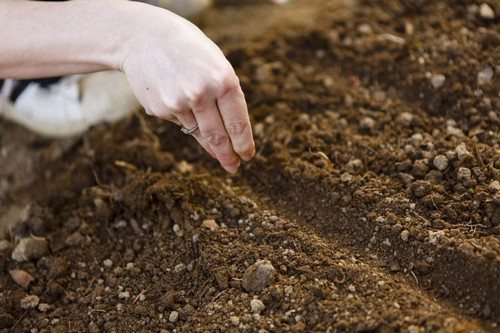
To properly sow flowers in the fall, it is important to adhere to the following recommendations:
- dig up the soil and apply fertilizer in September;
- approximately in the last days of November, when the top soil layer freezes, sowing can be done. Plant the seeds densely, make the depressions small - from 1 to 5 cm, depending on the size;
- sprinkle the area with peat or a special mixture of humus and sand;
- compact the soil to protect it from being eaten by birds;
- Cover the furrows with dry leaves or spruce branches to regulate the temperature above the planting area.
In the spring, when the snow melts, it is advisable to cover the area with film and not remove it until germination.
The listed requirements are suitable for both annual and perennial plants. If they are strictly followed, success is guaranteed.



